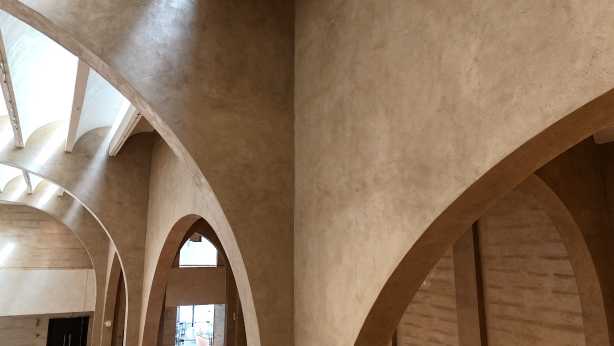Marble is a popular and luxurious building material that has been used in construction for centuries. Its elegant aesthetic appeal and durability have made it a preferred choice for flooring, countertops, and other architectural elements. However, the environmental impact of using marble in construction is a topic that is increasingly gaining attention.
One of the main environmental concerns associated with using marble in construction is the extraction process. Marble is a natural stone that is quarried from the earth’s surface. The process of mining and extracting marble can have a significant impact on the environment. It can result in the destruction of natural habitats, deforestation, soil erosion, and water pollution. Additionally, the transportation of marble from quarries to construction sites can contribute to carbon emissions and air pollution.
Another environmental concern related to the use of marble in construction is the energy-intensive manufacturing process. Marble is a heavy material that requires a significant amount of energy to extract, refine, and transport. This process can result in the emission of greenhouse gases and other pollutants that contribute to climate change and air pollution.
Furthermore, the disposal of waste generated during the cutting and shaping of marble can also have a negative impact on the environment. Marble waste can accumulate in landfills, leaching harmful chemicals into the soil and water. This can lead to environmental degradation and harm to wildlife and ecosystems.
To address these environmental concerns, alternative materials such as resin bound surfaces can be used in construction as a more sustainable and eco-friendly option. Resin bound surfaces are made by mixing natural aggregates with a clear resin binder to create a durable and porous surface. These surfaces are permeable, allowing water to drain through them and reduce the risk of flooding and water pollution.
Resin bound surfaces offer many advantages over traditional marble surfaces. They require less energy to produce, have a lower carbon footprint, and can be made from recycled materials. Additionally, resin bound surfaces are easy to install and maintain, reducing the need for heavy machinery and chemicals.
By choosing resin bound surfaces over marble in construction, builders and developers can reduce their environmental impact and contribute to a more sustainable built environment. Resin bound surfaces offer a cost-effective and environmentally friendly alternative that is both durable and aesthetically pleasing.
In conclusion, the environmental impact of using marble in construction is a significant concern that needs to be addressed. By choosing alternative materials such as resin bound surfaces, builders can reduce their carbon footprint, conserve natural resources, and protect the environment for future generations. It is essential for the construction industry to embrace sustainable building practices and choose materials that minimize environmental impact.
Find out more at
Explore Eco-Friendly Building Materials at Conmarble – Earth, Lime & Clay Plasters | Contact Us Today
https://www.conmarble.com/
Qatar

